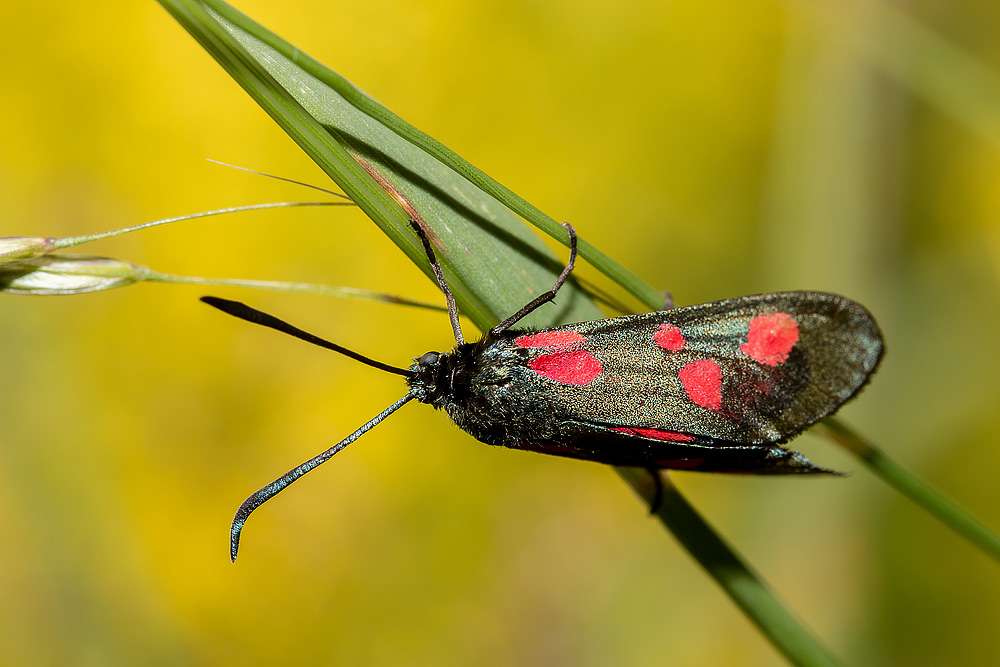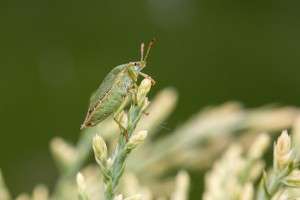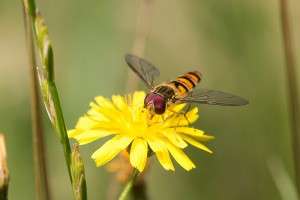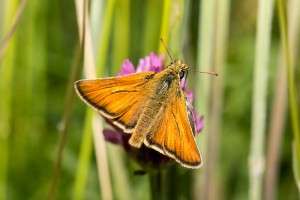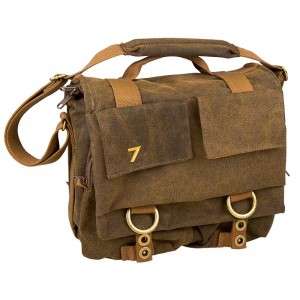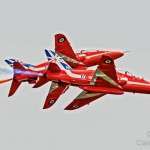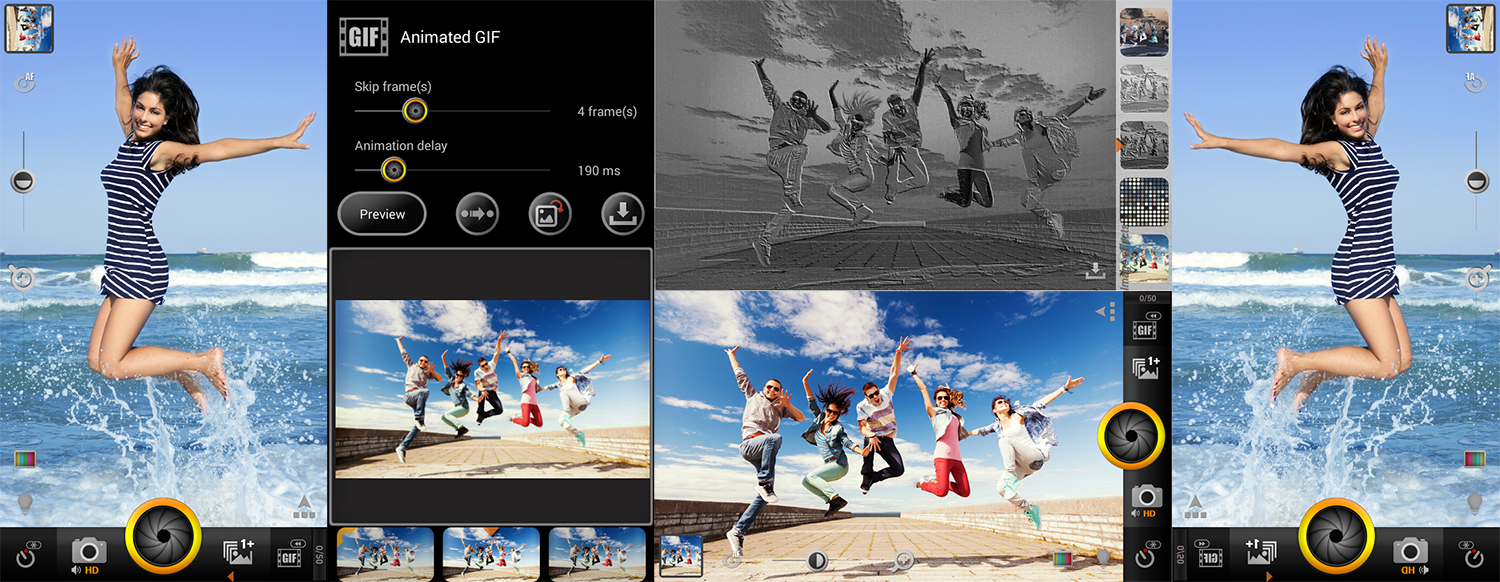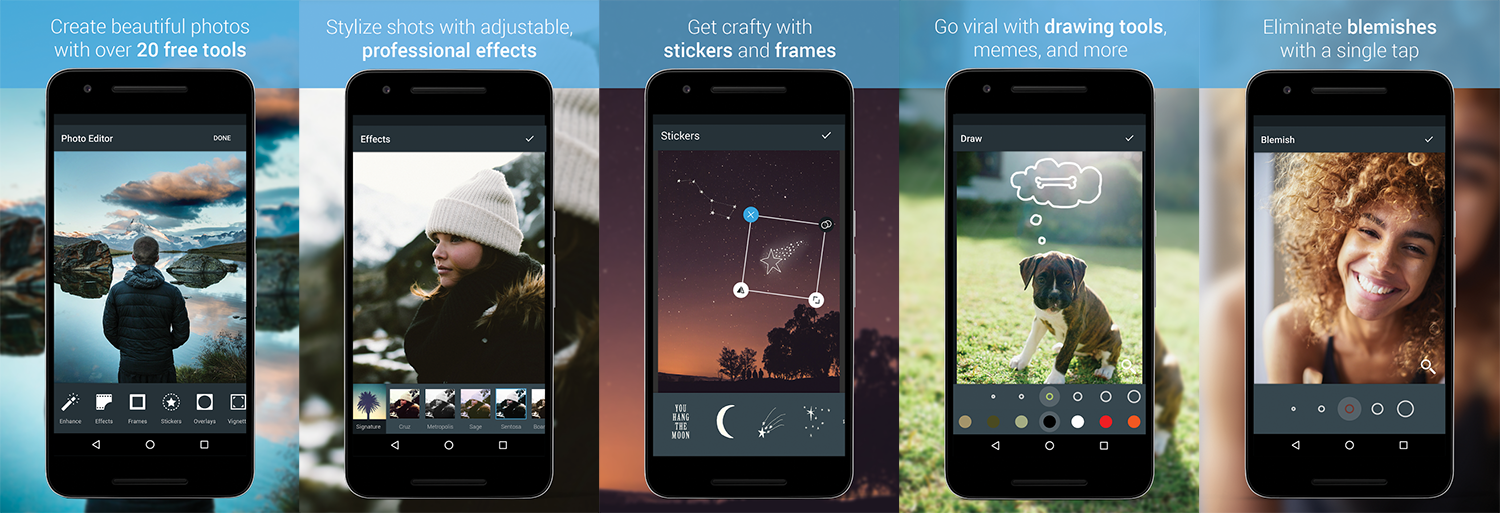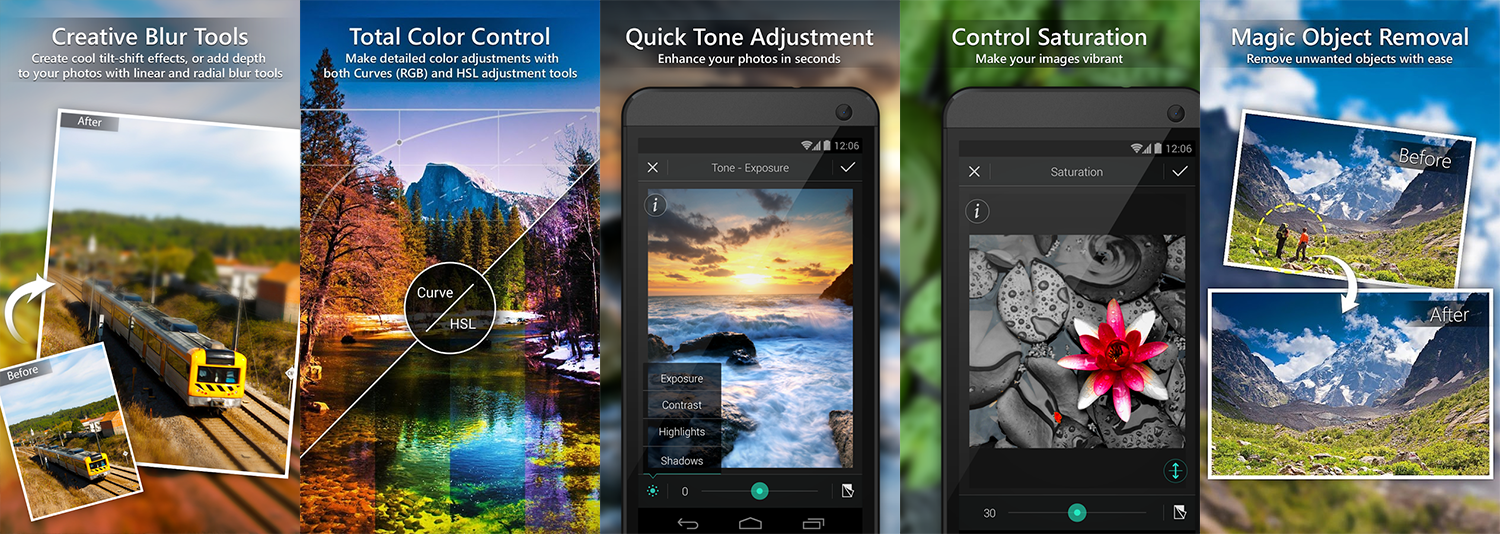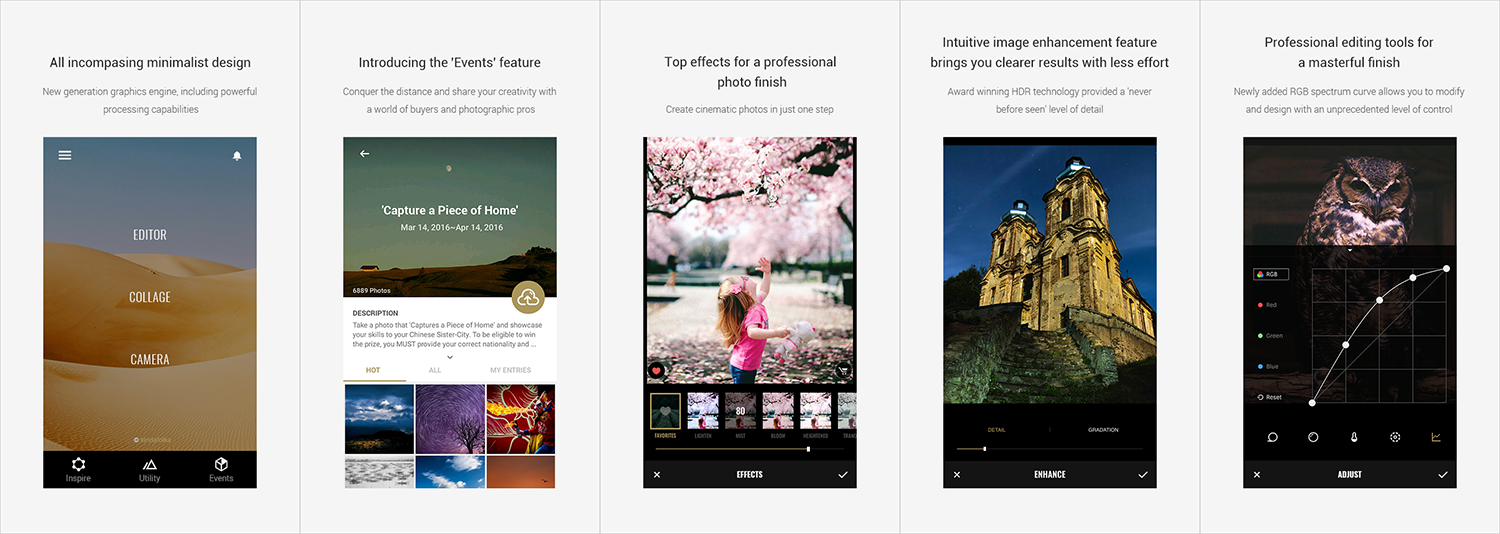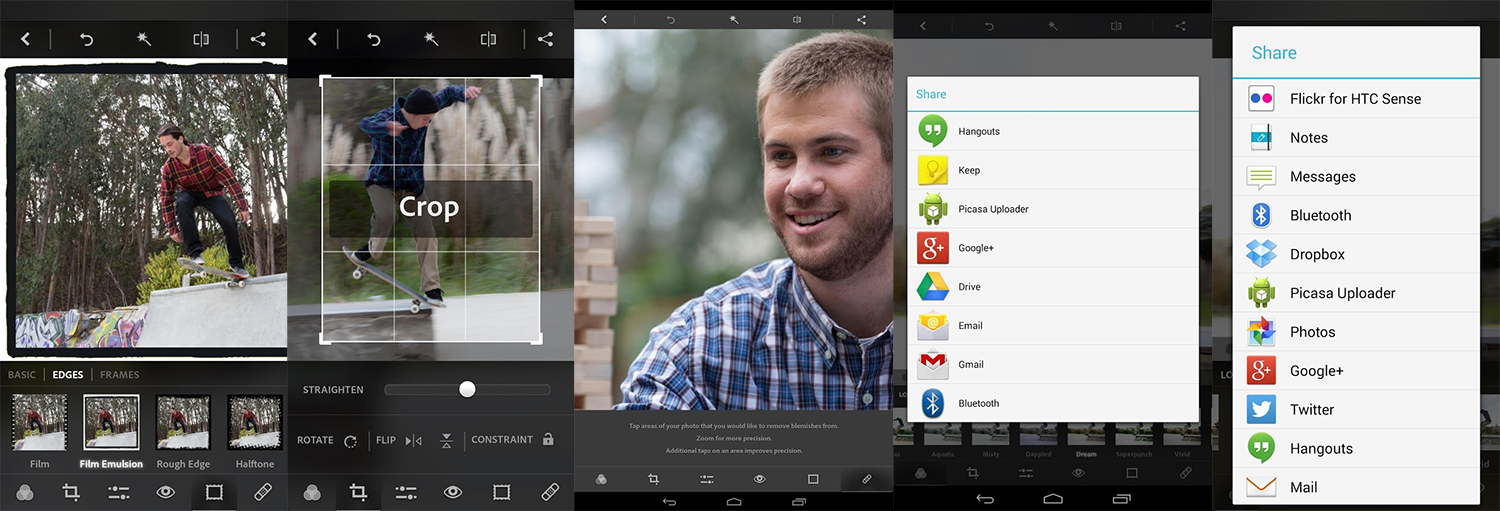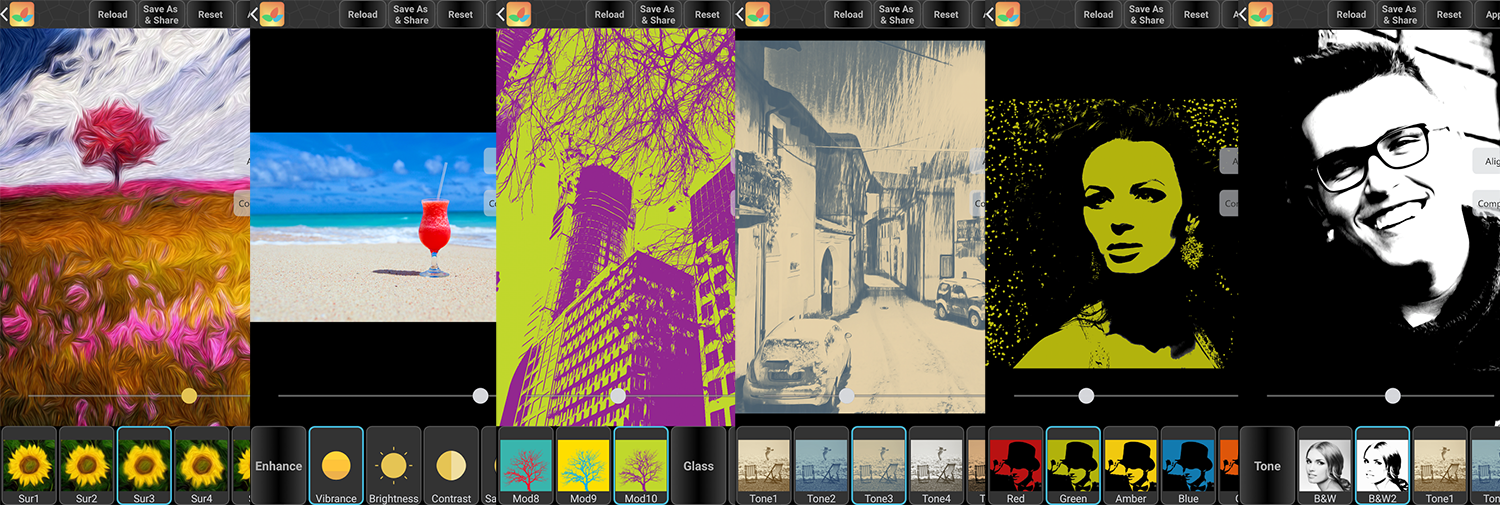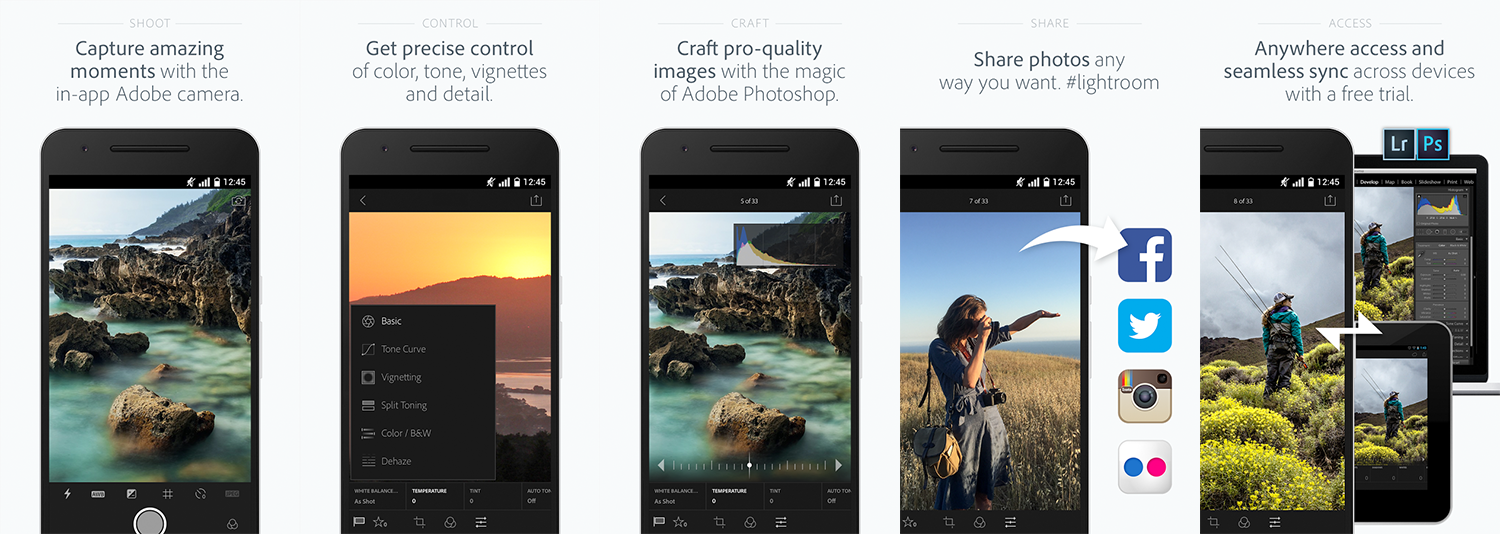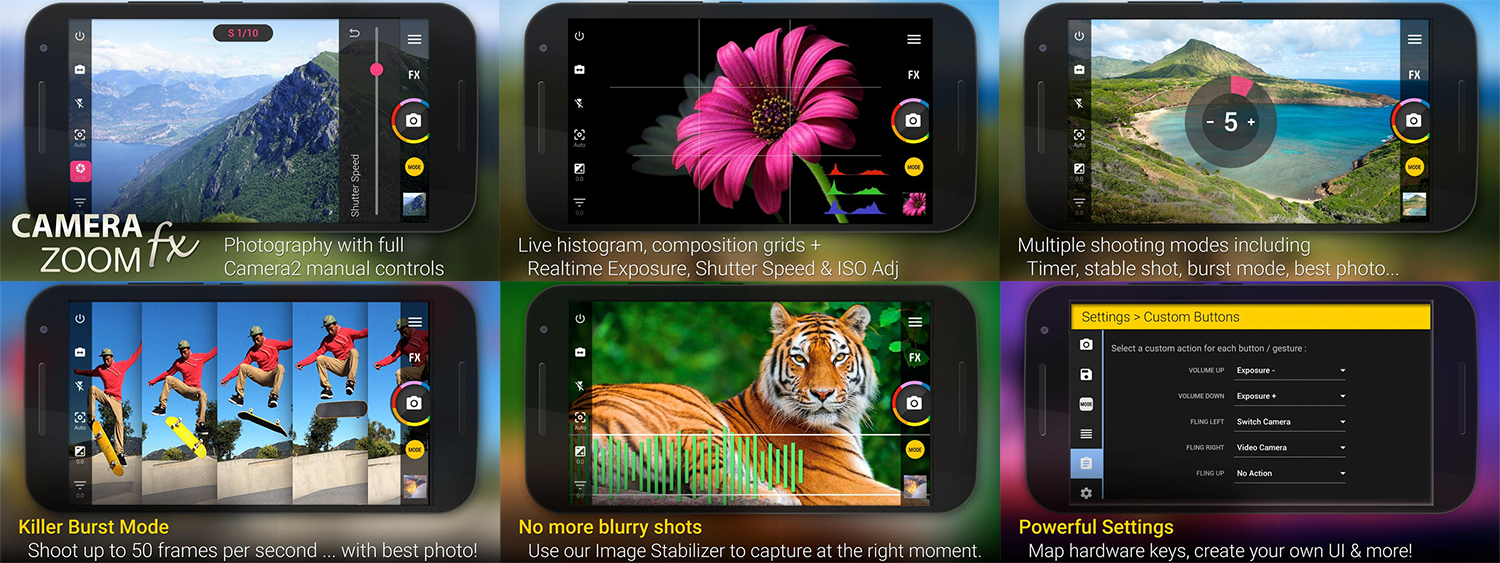You may think that you need to travel to get incredible photos of wildlife. But the reality is there is so much to take amazing pictures of all on your doorstep, according to photographer Ashley Boelens.
He takes fantastic photos of wildlife and most of it is within 2 miles of his home in Milton Keynes.
You don’t need to go far to take wildlife photos
“The great thing is that you don’t have to go far either, there are amazing insects all around us we just need to learn how to find them,” says Ashley, 38, who bought his first DSLR (a Canon 20D along with a 100-400 f/5.4 lens – from 7dayshop) back in 2005.
“For example I have trapped over 250 species of moth in my back garden, seen at least 3 species of Odonata, 11 butterflies, 8 hoverflies, 4 species of ladybird, great beetles like Lesser Stag beetle and much, much more.
“I do take most of my photos away from home, but not far, I’d say most of my photography takes place within 2 miles of my home in Milton Keynes.”
A wildlife artist
Ashley, a father of three, explains that he has been a birdwatcher and keen naturalist his whole life and is a “frustrated wildlife artist” at heart – although looking at his images, he is very modest because they are very artistic.
“I always wished I could draw and paint wonderful wild life pictures, I wanted note books full of excellent drawings but alas my talent lacked something (the skill to actually draw well), and so I turned to photography with the advent of digital cameras, initially using a digiscoping set up (a camera attached to a telescope).
“But I was always a little frustrated with the results and so soon bought my first camera and long lens and so began my bird photography journey.”
Photographing birds and insects
He says he was soon taking photos of birds and insects – particularly butterflies and dragonflies – and his images became more artistic.
“I found I actually had quite a good eye for this type of photography and it has since been this macro world that I spend most of my time photographing,” adds Ashley, a long-time customer of 7dayshop.com.
“I am amazed each time I go out by just how much there is to see, and photograph, at first look you might think that those annoying flies are all the same.
“But once you start getting in close you quickly realise there are so many species involved that it boggles the mind. It is that huge world of there always being something new that really inspires me.”
He currently has two personal projects based on his love of macro photography – dragonflies and butterflies of Milton Keynes. The goal is to photograph each species at least once within the town’s boundaries.
Incredibly, Ashley has only got 3 species left in terms of dragonflies having worked on the project since 2011.
Using a macro lens to capture wildlife
Ashley explains how he takes his photos and offers tips on how to get great images. “Working mainly with my macro lens, I usually need to have the aperture set between f/7.1 and f/9 in order to get as much of the subject in focus as possible.
“This means I need good light or more likely my flash unit attached, so I am usually shooting at speeds of 1/250 or 1/200 any slower and you risk blur.”
Move slowly and wear drab colours – the key to photographing insects
“Far more important in many ways than the camera settings is your technique on approaching your quarry, slow, fluid movement is a must as is wearing drab colours. Jerky quick movements will spook your prey and they will be off,” says Ashley helpfully.
He also says you may need to be prepared to get stung, bitten and scratched as you will often by working among the thistles, nettles and brambles in the pursuit of insect photography.
Learn about your subject
Ashley says the best advice he got was to learn as much as you can about the creatures you want to photograph as you will be better prepared to photograph them.
“Take for example dragonflies, you will never be able to sneak up on them as they have 360 degree vision, they will always see you coming so you have to not appear to be a threat.
“But they are often creatures of habit and will return time and time again to a favourite hunting perch, if you know this you can be ready for them.”
What do you need in your camera bag?
Considering what kit to use is very important, says Ashley, who often uses a 7dayshop camera bag to carry his equipment around.
“In the summer months and spring, I am mainly going to be targeting macro stuff and so I carry My 70D, my Canon 100mm f/2.8 macro lens (Mark I so no IS), my 430EX II Speedlight, spare batteries for camera and flash and memory cards, my Manfrotto 679B monopod, and sometimes my Canon 400mm f/5.6 [super telephoto lens] depending on my back. Oh and a pair of Swarovski Bins.”
“These all fit in my 7Dayshop messenger bag for a light day out.”
If he is going somewhere likely to have good landscapes of birds, he will take his big bag (a Lowepro Vertex 300 AW) to also carry his 50mm f/1.8 and kit lens that came with his camera – he thinks it’s the 18-65 mark I lens [no image stabilisation] plus a range of filters.
Ashley sometimes also swaps his monopod for a tripod for extra stability and in autumn/winter when the light is usually not so good.
Be inspired: start taking your own wildlife photos
There is so much wildlife to photograph on our doorstep and with a little exploration, the right kit and some creativity that we could all get some amazing photos. Ashley’s certainly inspired me – I hope you enjoy trying your hand at taking wildlife pictures in your garden or neighbourhood as well. Will Green
Useful links
- Ashley’s review of the 7dayshop messenger bag
- Photo and video supplies
- Memory cards
- Batteries
- Camera bags
- Read Ashley’s blog: Views from an urban lake and follow him on Twitter

